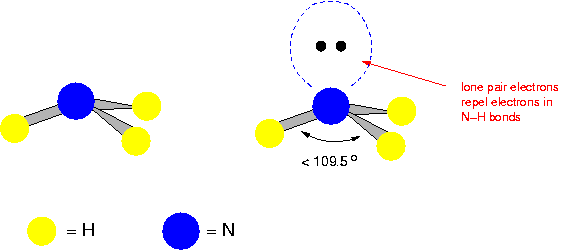Used to measure the atomic or molecular mass of different particles in a sample.
This is like totally awesome because chemists can demonstrate how badass they are by doing CSI stuff with it.
Now there are many different mechanisms in which Mass Spectrometry can be done through, but because you’re just a dim-witted student, you only need to know one. Funnily enough referred to as “Mass Spectrometers”.
Those things sound like they come from Star Wars, but really if you break them down, they’re just as complex as a toaster. Not that you, as a dim-witted student would know how a toaster works. Did you know that the adjusters on toaster are actually timers in minutes, not power levels which is the common misconception.
Breaking a Mass spectrometer down, you’d find three main parts,
An Ioniser, or if you’re feeling Fat and Patriotic, you could call it an Ionizer. All the same: The ioniser is where the sample goes after being injected from a sample inlet for it to get turned into ions, clue is in the name. This is done by bombarding the little stream of sample with electrons. ELECTRONS EVERYWHERE. Btw, if you put the word “Sea of electrons” you deserve to die, because that’s not acceptable A level Chemistry terminology, but since you’re a dim-witted student, the examiner might let you off.
General formulae for what happens in the ioniser zone of a mass spectrometer:
X(g) + e- à X+(g)+ 2e-
The Analyser, or if you’re a fat patriot, you might know it as the analyzer, is the second component in a Mass Spectrometer.
The crap thing about the analyser for a student is that there are so many different types of it. The one you should bear in mine is the one that measures time of flight of the ions. Basically, ions are accelerated using whatever method, usually a magnetic pulse, so that they’re all strolling with the same level of energy, in the same direction, and the fatter ions take longer than the skinny ions to cross a certain distance. This is called measuring the “Time of flight”.
After the ions go through the analyser, and get all analysed and so forth, they go into the Detector chamber, where ions are deteced by an ion detector. The detector produces a varying electric current depending on the ion it got hit with, and the “computer” registers this as a piece of data which eventually gets compiled into an Abundance/Charge graph, aka Mass Spectra!










